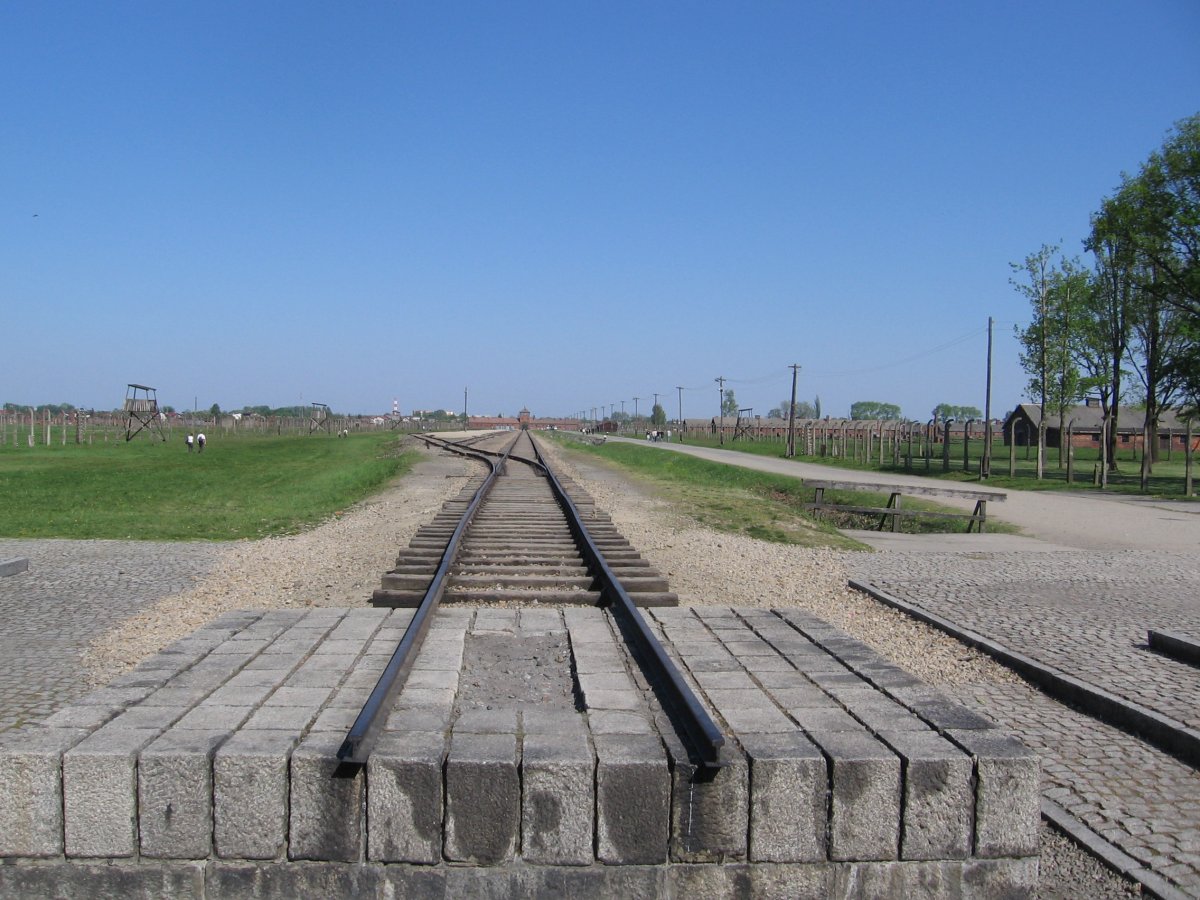I’d been dreading my visit to Auschwitz-Birkenau for months. It would be the hardest part of an already-difficult group trip through Poland and the Czech Republic that I’d signed up for on a whim before my 24th birthday.
Auschwitz was the biggest of the Nazi concentration camps, where some 1.1 million people died before it was liberated on January 27, 1945 — 72 years ago today.
I’d learned about the death camp in Hebrew school, seen pictures at the Holocaust memorial in Israel, and read Elie Wiesel’s memoir “Night.”
But I knew the visit would bring a painful reality to my abstract understanding of the Holocaust, when 6 million Jews were exterminated by the Nazis.
Like many of the 40 young Jewish New Yorkers on my trip, which was organised by a nonprofit that ran programs for alumni of Birthright Israel (a non-profit that runs free trips to Israel for Jewish young adults), I did not have relatives who died in the Holocaust. Mine had escaped the anti-Jewish pogroms of Russia, arriving at Ellis Island at the turn of the 20th century.
Read the full article by Julie Zeveloff at Business Insider Australia.

